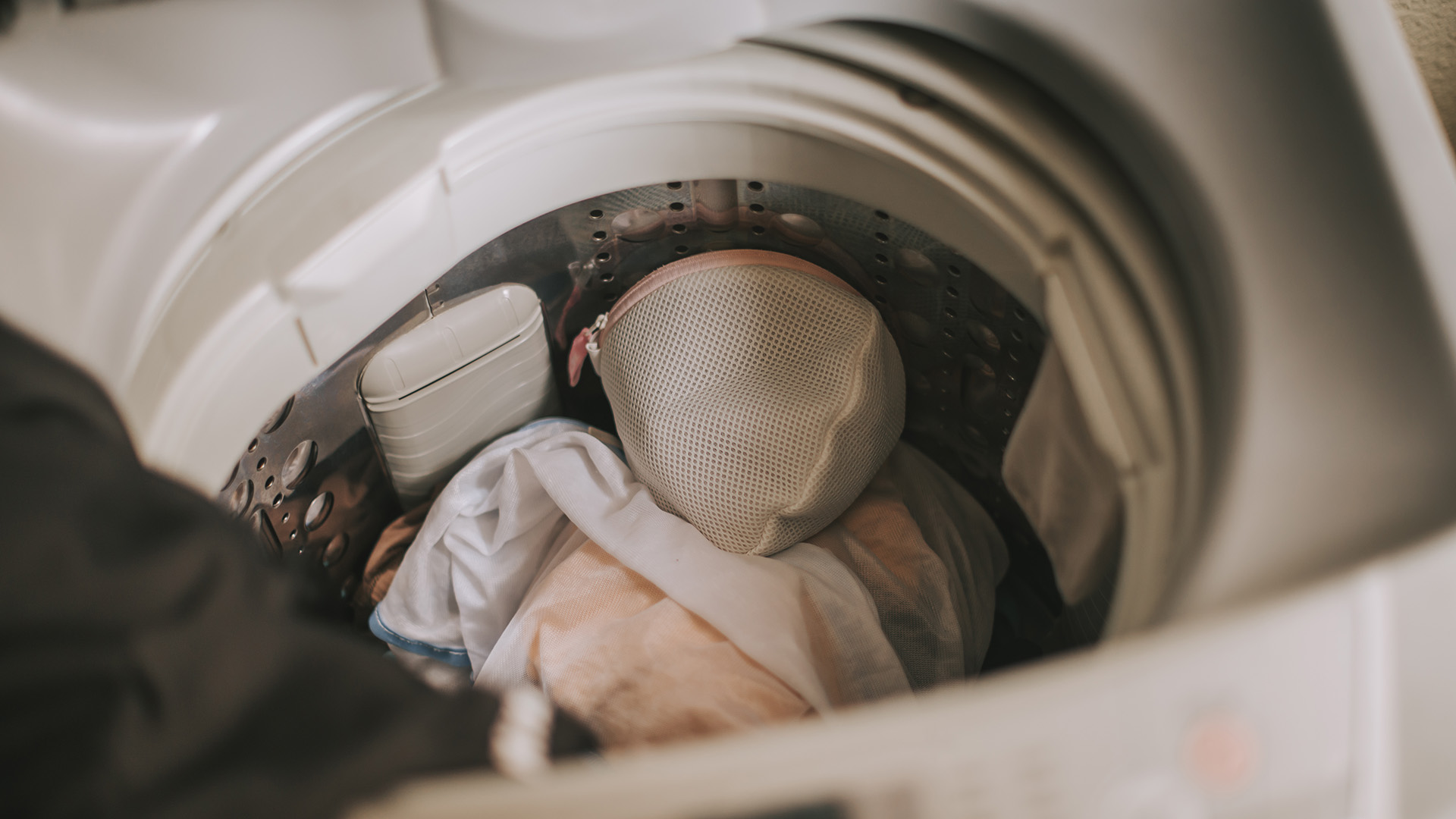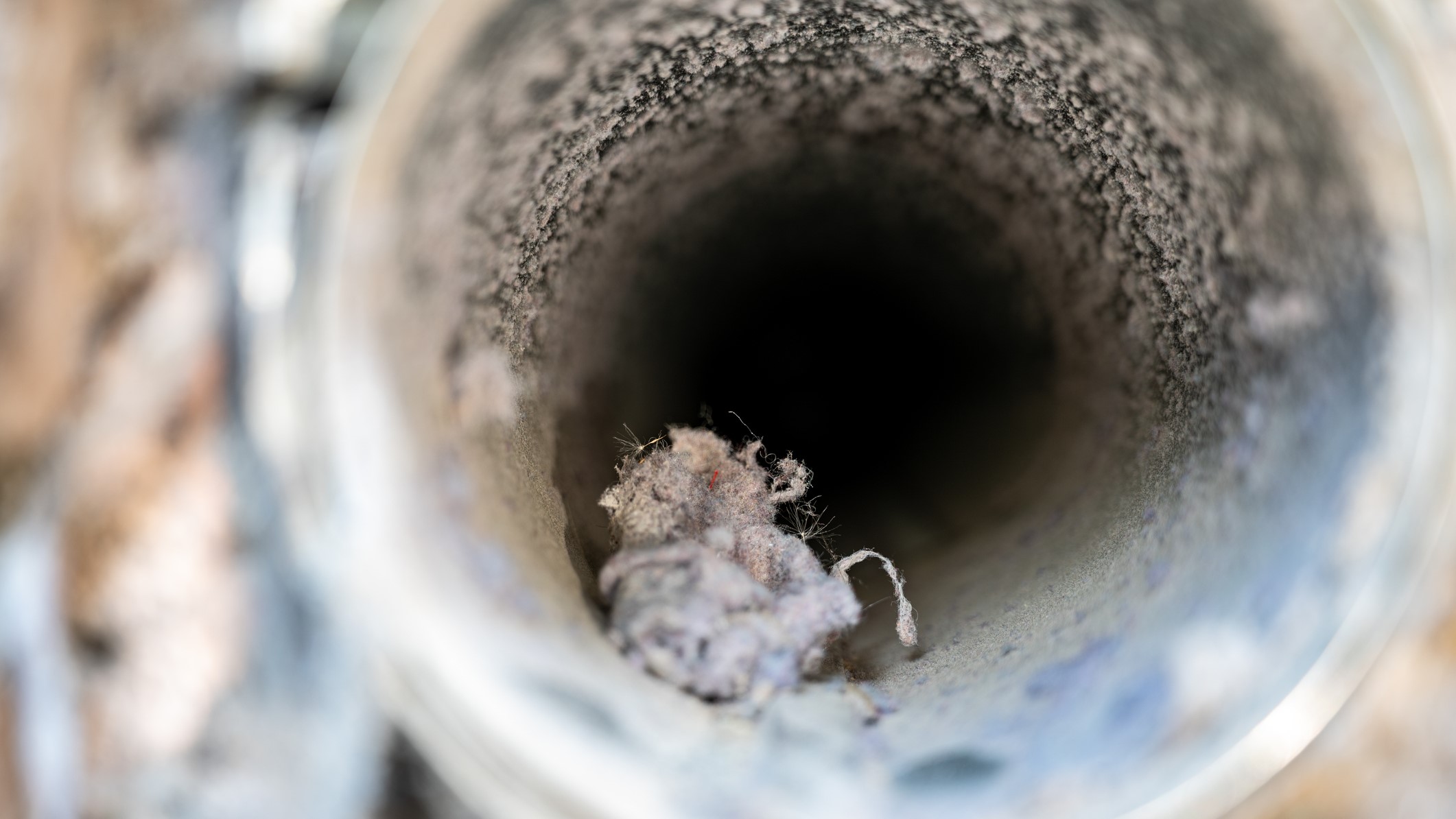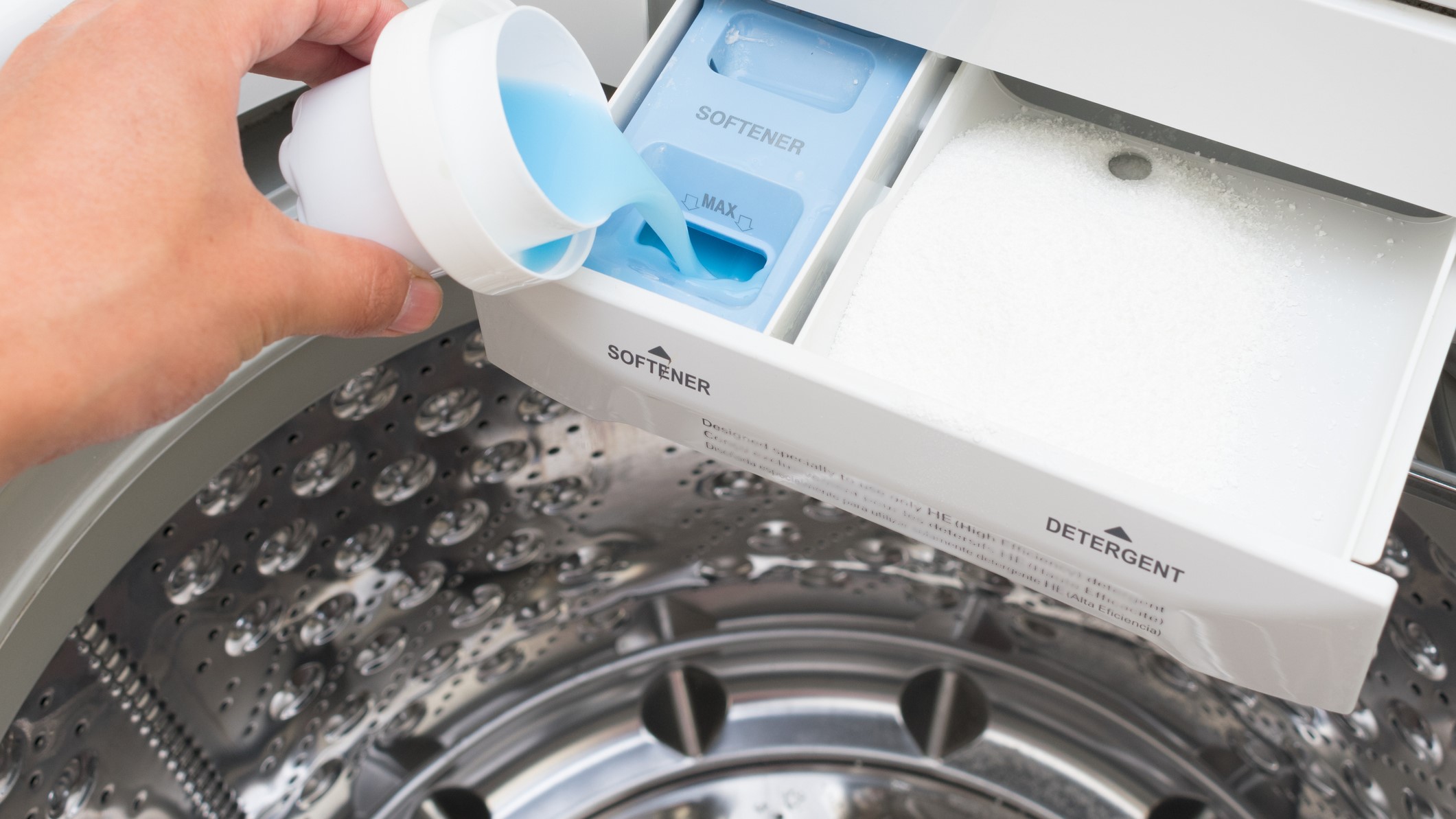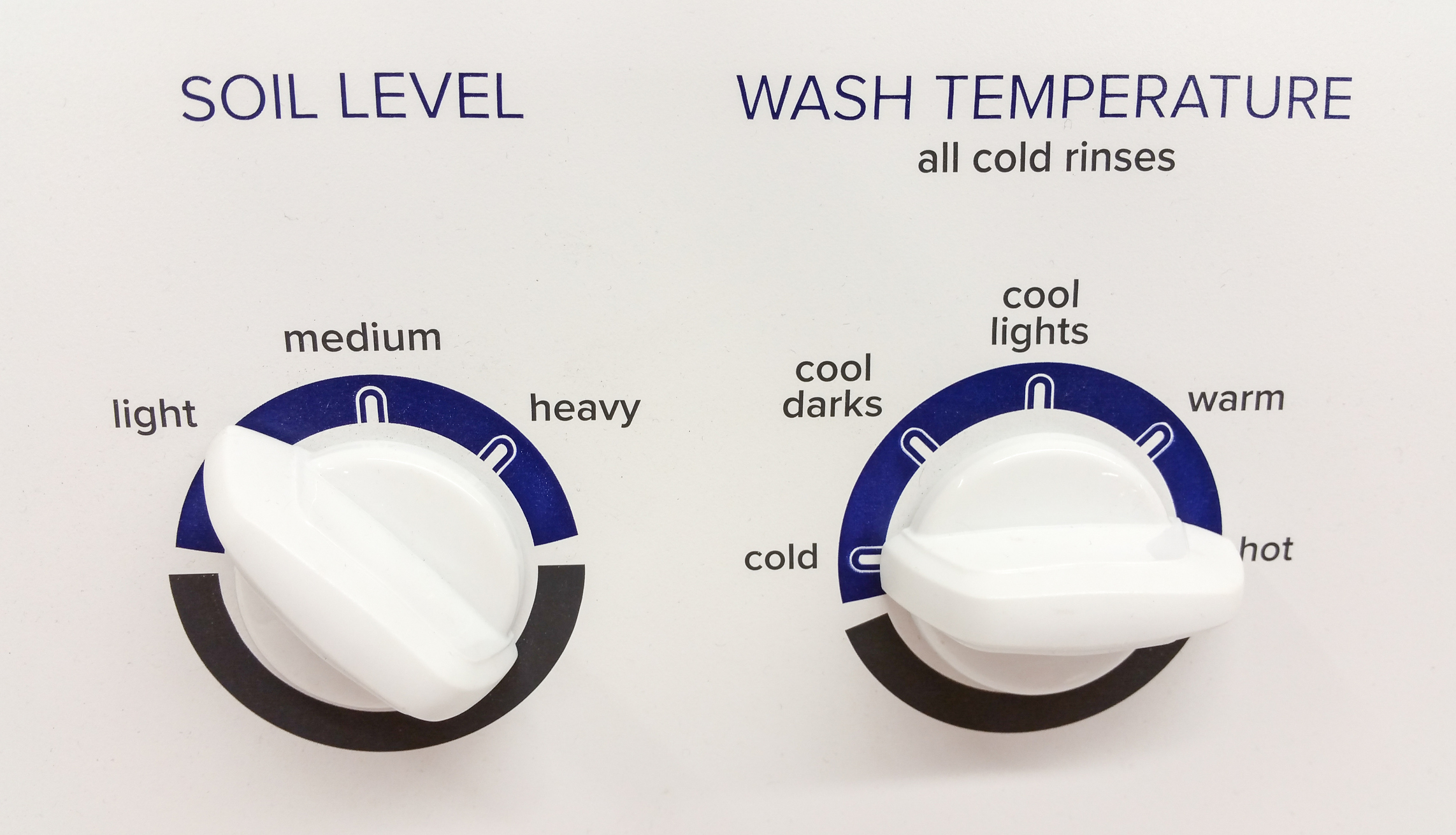How to clean a top load washer
Clean washer? Cleaner clothes

Knowing how to clean a top-load washer is vital if you want to ensure that your laundry comes out smelling fresh and clean after every wash, but what’s the best way to go about it?
- Liquid chlorine bleach (or a washing machine cleaner)
- White vinegar or baking soda (optional)
- Warm, soapy water
- Soft cloth or sponge
- An old toothbrush
- Drying cloths or towels
- A bucket or a basin
The best top load washers come with self-cleaning cycles, but it’s still a good idea to give your washer a manual clean from time to time. Cleaning your top-load washer regularly will help to keep nasties such as mold and mildew at bay, both of which can affect how your clothes smell and how well your washer works. Mold and mildew can release allergens into the air, which could cause health problems for you and your family. Dirt, grime, lint, and other debris can also build up over time, causing odors, blockages, and even stains.
We’ve got a step-by-step guide with self-cleaning cycles, but it’s still a good idea to give even the best washing machines a manual cleaning from time to time. Cleaning your top-load washer regularly will help to keep nasties such as mold and mildew at bay, both of which can affect how your clothes smell and how well your washer works. Mold and mildew can release allergens into the air, which could cause health problems for you and your family. Dirt, grime, lint, and other debris can also build up over time, causing odors, blockages, and even stains.
Quick steps: How to clean a top load washer
- Remove all contents from the washer
- Wipe out the interior and the seals
- Clean the detergent dispenser
- Clean the agitator
- Add your cleaning solution to the drum or dispenser
- Select the hottest and longest cycle
- Wash the outside of the washing machine
Step by step guide: How to clean a top load washer
1. Remove all contents from the washer

You’d be amazed at what can remain hidden behind those seals! Ensure no rogue sock lurks at the bottom of your washer before you start. If any remaining water is in your tub before you start, run a spin-only cycle to remove it.
2. Wipe out the interior and the seals

Wipe out the drum and remove any lint or debris from the filter or drains with a soft cloth, paying particular attention to the seals. An old, soft toothbrush can help you get to hard-to-reach places.
3. Clean the detergent dispenser

If you have a detergent dispenser drawer, remove it and soak it in a basin of hot, soapy water. You can add a cup of white vinegar to help this stage along. Leave it to soak for around 15 minutes before wiping carefully, using an old toothbrush to scrub away any built-up residue. Once it’s clean, pop it back into the washer.
4. Clean the agitator

First, check your machine manual to see whether the agitator is removable. If it is, carefully twist off the bolt, remove the agitator, and soak it. You can use a standard household cleaner, white vinegar, baking soda, or bleach. While the agitator is out, check to see if any dirt has built up under the agitator and do your best to remove it. Replace the agitator carefully once it’s clean.
5. Add your cleaning solution to the drum or dispenser

You can find products for deep cleaning washers in any grocery or DIY store, such as liquid detergents, washing machine cleaning tablets, or powders. Or you could use liquid chlorine bleach for deep sanitization. However, not everyone likes to use cleaners with such harsh chemicals.
You can achieve a similar outcome by using a more eco-friendly DIY home cleaning solution, such as white vinegar, which can help to kill bacteria and neutralize odors. Always check your washing machine manual before you decide to go the DIY route. Many washers come with rubber hoses that can break down when exposed to vinegar.
Whichever cleaning solution you use, always ensure it is thoroughly rinsed from your washer before you wash laundry.
6. Select the hottest and longest cycle

Run your washer's hottest and longest cycle and allow it to run through the following rinse and spin cycle. You’ll want to get every residue of the cleaning solution out.
To ensure your drum is completely clean, add a cup of baking soda after the deep clean and run your washer through another cycle. This will help gently scrub the drum's inside, removing odors from built-up detergent.
7. Wash the outside of the washing machine

While the washer is on, clean the exterior using a soft microfiber cloth and a simple household cleaner. Be careful around knobs or controls, and work your cloth or an old brush into any corners and tight spots. Wipe the exterior with a dry towel or cloth to give it an extra sparkle.
Buy these AIDEA Microfiber Cleaning Cloths-8PK for $5.99 on Amazon
How to clean a top load washer: FAQs
How often should you clean a top load washer?
Try to clean your top-load washer regularly to prevent unpleasant odors and keep it working at its best. However, how regular this is can depend on many factors, such as how often you do laundry, whether you regularly have heavily soiled clothes, or even how hard your water is.
Here are a few tips to help you work out how often you’ll need to clean your top-load washer:
- Regular household washing: Cleaning around once a month should help prevent the buildup of detergent residue, mold, and mildew.
- Frequent or heavily soiled washing: If you use your washing machine several times a week, have a large household, or wash heavily soiled items, such as muddy sportswear or gardening clothes, you may need to clean it more often. Increase your cleaning frequency to every two to three weeks, and regularly inspect your washer for odors or build-up of residue or dirt.
- Hard water areas: Living in a hard water area means you may notice more residue and mineral buildup, especially around components in the washer. In this case, more frequent cleaning may be necessary, or you could try a washing machine cleaner specifically designed for hard water.
When should you clean a top load washer?
Apart from your regular cleaning schedule, there are some instances where it’s a good idea to perform an extra clean. For example, if you’re unlikely to use your washer for an extended period, you may want to give it a deep clean beforehand to ensure there are no hidden nasties in there that could corrode or damage the washer.
You may also notice that you need to clean your washer more often in the fall or winter, as clothes tend to be muddier, leading to more dirt building up.
If you notice visible dirt, grime, or unpleasant odors in your washing machine, don't wait until your regular cleaning schedule - clean it as soon as you notice. And if you spill detergent or bleach in your washer's drum, clean it straight away to prevent odors and residue in the future.
How long do top load washers last?
You should enjoy around ten to fifteen years of use out of your top-load washer. However, the brand you choose, the quality of the components, and how frequently you use your washer can all make a difference.
Regular cleaning and maintenance of your washer can help to keep it in top working condition and extend its longevity. Wiping down the drum and leaving the lid open to reduce mold and mildew can also help to increase its lifespan.
Final thoughts
Our comprehensive guide on cleaning a top-load washer will help you keep your laundry fresh and your washer in excellent condition. Regular cleaning can prevent mold, mildew, and odor buildup, whether you use household ingredients or commercial products.
Reviews
Whirlpool 24" Stainless Steel AI Dishwasher Review
Napoleon TravelQ PRO285 Portable Gas Grill review
Dreame L40 Ultra Robot Vacuum Cleaner and Mop review: almost hands-free cleaning
GE Profile Smart Mixer with Auto Sense review: a powerful, thorough mixer
Echo eForce DPB-2500 review: a leaf blower as a snow removal tool?
DPAS-2100 + Pro Paddle Attachment review: a new way to remove snow this winter?
Midea MAD53109APK 5.5QT Air Fryer review: a small, simple, and highly effective option
Eureka J15 Pro Ultra Robot Vacuum review: hands-free cleaning for busy families
Always ensure you use the longest and hottest washing cycle when cleaning, and do an extra rinse afterward to remove any harsh chemicals that could affect your laundry.
While cleaning once a month should be enough for most households, you may need to clean more frequently if you have a large family or a lot of heavily soiled laundry. Keeping your washer clean and in good condition should give you around ten to fifteen years of use.
Sign up to receive the latest news, reviews, buying guides and deals direct to your inbox

Joanne Lewsley is a reputable freelance writer specializing in evidence-based health and lifestyle content. With a background in journalism and extensive experience working for known brands, Joanne rigorously tests and evaluates home gadgets. Her passion for writing is complemented by her love for the outdoors and live music.
